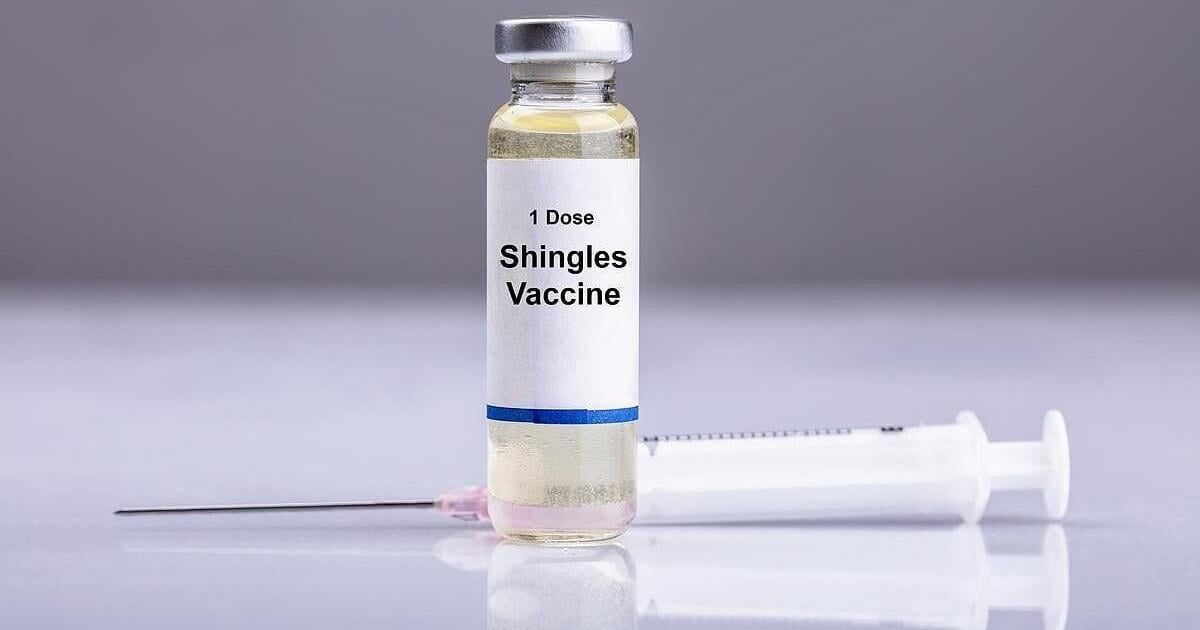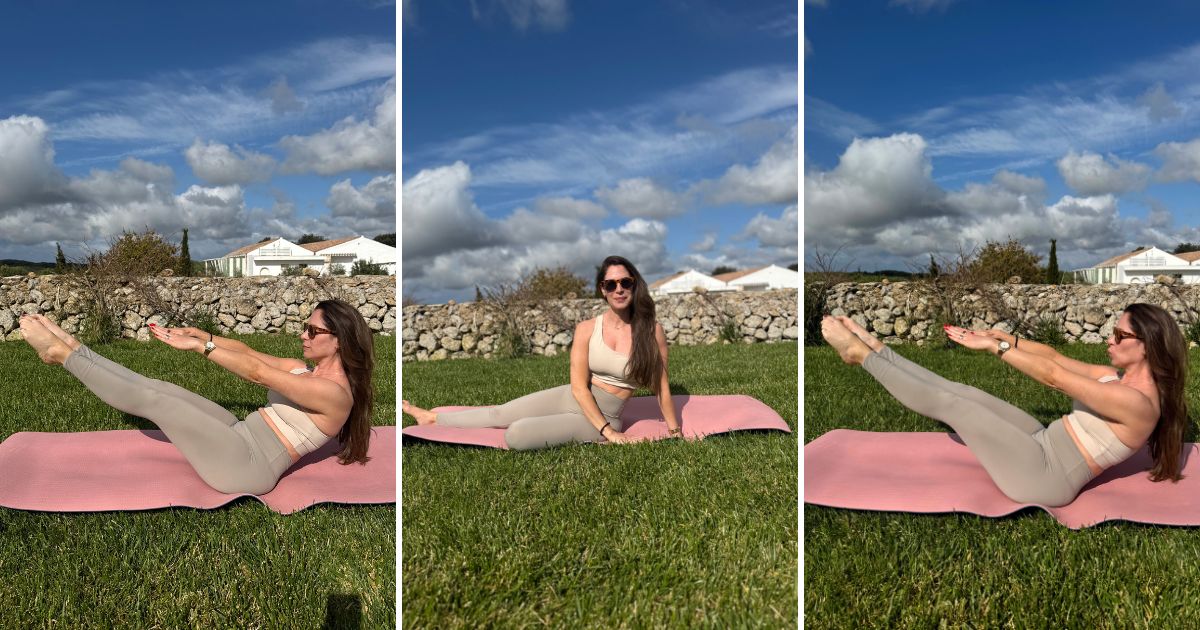Kettlebell enthusiasts will also appreciate that you don’t have to worry about removing or reorienting your band to protect your tracker before workouts.
Best Value for Beginners: Fitbit Charge 6
The Fitbit Charge 6 is a workhorse in a slim package. It balances affordability with impressive features, like built-in GPS and continuous heart rate monitoring. With Fitbit Premium, you unlock even more tools, like a daily readiness score and advanced sleep analytics, but even without it, this tracker holds its own. Perfect for those dipping their toes into the fitness tracker world or anyone who prefers their devices lightweight and low-profile.
As such, I feel like the Fitbit is a great gateway device for anyone looking to get into fitness tracking that doesn’t need all of the bells and whistles of a smartwatch, which is what I enjoyed most about it when I tested it out myself. There’s something satisfying about its straightforward design that gives you everything you need while offering minimal distractions. It doesn’t need to do it all, but what it does, it does very well.
Best Recovery Tracker: Whoop 4.0
The Whoop 4.0 is less of a fitness tracker and more of a 24/7 personal coach—if your coach were a data-obsessed genius. After wearing it for several months, I realized its greatest asset is its ability to help you optimize your overall performance and recovery. Its strain and recovery scores are the type of feedback that can move the needle in terms of meeting your goals, especially if you’re the type who struggles to know when to push harder or when to rest.
During testing, the strap was so comfortable I forgot I was even wearing it, even while sleeping (which it tracks with startling precision). One reviewer summed it up perfectly: “It’s like having a trainer in your pocket—but on your wrist.” Another noted, “The Whoop doesn’t just tell you how you’re doing today; it tells you how today affects your tomorrow.” The subscription model might not be for everyone, but for data nerds and athletes, the insights are absolutely worth the monthly fee.
Best Fitness Tracker for Data-Obsessed Athletes: Polar Ignite 3
If you’re looking for a fitness tracker that offers more than just basic stats, the Polar Ignite 3 is a solid choice. During my testing, I found the FitSpark feature to be incredibly helpful—it tailors daily workout recommendations based on your recovery and readiness, which is great for anyone who wants to avoid overtraining. Whether you’re running, cycling, or lifting, the Ignite 3 guides you to train smart.
The AMOLED display is a major highlight—it’s crisp, vibrant, and makes checking your stats feel a little more luxurious. The GPS and heart rate tracking worked seamlessly to keep me in the zone during workouts. It’s a smart, efficient device that doesn’t weigh you down with too many unnecessary features.
Best Minimalist Tracker with Great Battery Life: Amazfit GTR 4
For a smartwatch that won’t break the bank but still offers a wealth of features, the Amazfit GTR 4 stands out. During my testing, I was really impressed by the multi-band GPS—it offered precise tracking even in challenging conditions, and the 14-day battery life meant I didn’t have to worry about recharging mid-week. Whether you’re into running, cycling, or simply tracking your daily activity, this smartwatch has you covered without the hassle of frequent charging.
What really caught my attention, though, was how comfortable it was to wear throughout the day. The GTR 4’s design is sleek, with a solid build that feels durable yet not overly heavy. The watch is easy to adjust and stays in place whether you’re working out or just going about your day. It also has a great selection of over 150 workout modes, which is more than enough for anyone looking to diversify their training routine.
Best Budget GPS Watch for Serious Runners: Coros Pace 3
The Coros Pace 3 is an upgrade for anyone who wants high-end GPS performance without the high-end price tag. Users who’ve tested it out on long runs have been thoroughly impressed by its GPS accuracy—it stayed locked on, even in tougher conditions, and the battery life is nothing short of remarkable. With 38 hours between charges in full GPS mode, it’s built for endurance athletes who need reliable performance through marathon training and race day.
Beyond the impressive battery and GPS, the Pace 3 packs in advanced training features that you typically find on pricier watches, including heart rate monitoring, training load analysis, and even race prediction metrics. For runners looking to track their progress and optimize their performance, it’s a fantastic tool. And at this price point, the value is nearly unmatched for what you’re getting.
Best for Metabolic Health Insights: Ultrahuman Ring Air
I appreciate the Ultrahuman Ring’s unique approach to health tracking, focusing heavily on metabolic health rather than just steps or calories burned. Its sleek titanium design feels premium, and it’s unobtrusive enough to wear all day—and even at night to monitor your sleep. The ring syncs seamlessly with the Ultrahuman app, which delivers actionable insights on your glucose levels (if paired with a compatible CGM) and metabolic activity, making it ideal for anyone looking to optimize energy levels and recovery. It also tracks heart rate variability (HRV), which fitness experts who’ve spoken to GQ point out as a key indicator of overall health, body temperature, and sleep patterns, giving a holistic view of your well-being.


